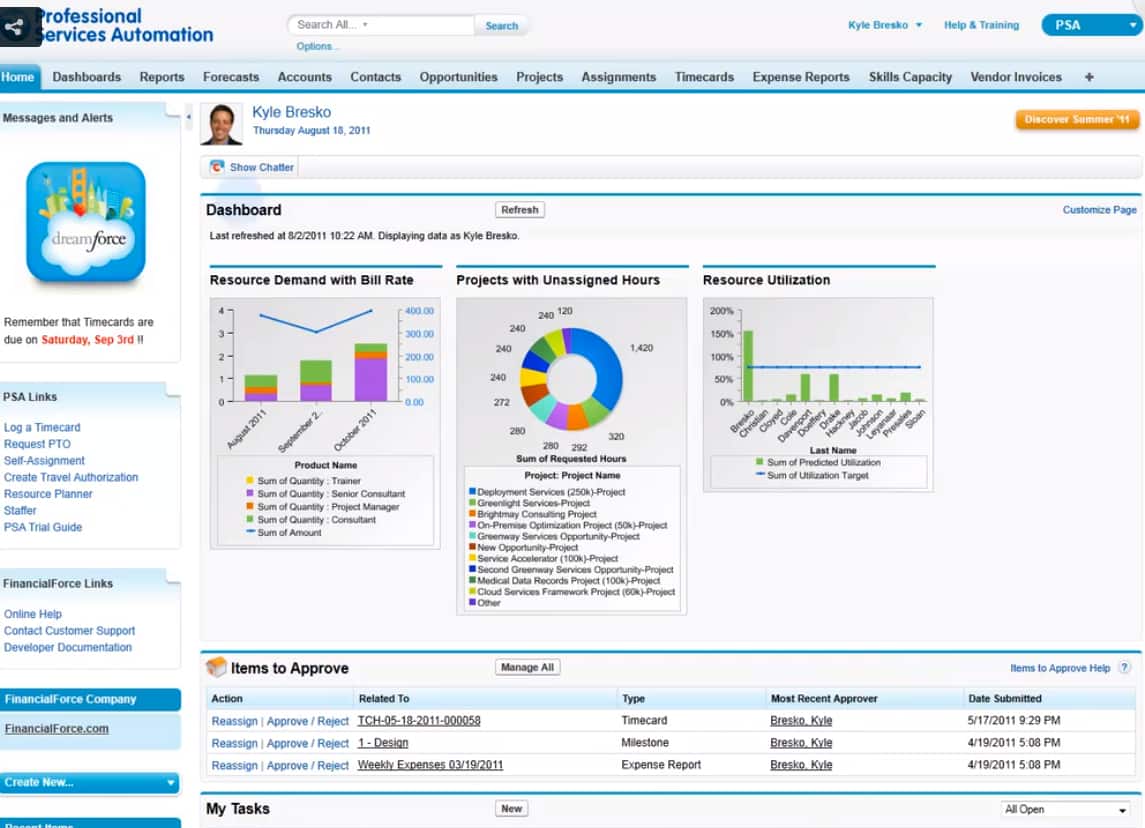Introduction
Something very interesting is happening in the space for stand-alone financial systems. And that is that even the most significant buyers now have superior solutions available to them outside of ERP system financials. This is a fact but is still little known among enterprise software buyers, most who still adhere to the incorrect notion that ERP systems offer the best financial and accounting functionality.
Quickbooks was the originator of the stand-alone financial system, and has been fabulously successful, and has a very high client satisfaction level. Many people do not know that Quickbooks runs quite a few companies of a surprising size that had mostly outgrown Quickbooks – because they started with the application before they began to grow, and never switched to a new financial/accounting system. However, other, more heavy-duty stand-alone financial systems have risen to prominence. These applications integrate very easily to supply chain and CRM systems and have the potential to change the game in the ERP space.
A New Better Era For Financial and Accounting Applications
The applications profiled in this section have a level of user satisfaction and a level of usability that ERP systems cannot match. Furthermore, the discrepancy is quite large and is widening because the stand along financial software vendors are innovators, while most ERP vendors are not. Secondly, some of these financial software vendors are entirely new – which means they have exceeded the financial systems in ERP systems in a concise period. If the difference is already so significant, we predict that it will only continue to grow.
Some of this new stand alone financial application are doing things that the financial systems in ERP suites never thought to do, and are allowing the buyers that use them to be better managed. For instance, the statistics on everything from how quickly money is collected to revenue recognition to how sales are tracked is better in these applications than in ERP systems. The major consulting companies have been advising their clients that implementing an ERP system is the best route to better financial performance.
However, the research into ERP system implementations over three decades has proven this to be untrue. The question for the present and which will only increase in the future, is how much do companies intend to accept their performance to be reduced by continuing to use ERP based financial system?
Another significant benefit of this category of applications is that none of the major consulting companies have consulting divisions that focus on implementing them. These companies do not get their sales leads from major consulting companies – which means the cost of implementation is far lower, and the likelihood of project success is substantially higher than if a major consulting company is involved in the implementation. This is shown in our TCO estimation when one compares stand along with financial applications to ERP applications.
Strong Innovation
Financial Force and Intacct are software vendors to keep one’s eye on. In addition to its leading financial application, Financial Force has introduced a very nice application, which is essentially a complete solution for consulting management called Professional Services Automation.
 This application leverages Financial Force’s financial functionality by planning items like bill-ability, consulting revenues all the requirements to manage a consulting entity in one application.
This application leverages Financial Force’s financial functionality by planning items like bill-ability, consulting revenues all the requirements to manage a consulting entity in one application.
Software Category Summary
The stand-alone financial application category has at least three excellent choices for small, medium, and large buyers. While there is no research on the financial returns of these applications, they are so superior to what is currently used, that is, ERP financial modules, that the likelihood of a strong ROI is implemented correctly is quite high. The news on these applications is slow to get out because buyers will not hear about them from their consulting company. However, once a detailed comparison is performed for what they can do, they become easy decisions.
MUFI Rating & Risk
See the MUFI Ratings & Risk below for each application in the Finance & Accounting software category.
The Ad Hominem (Personal Attacks) Contained in the Bärbel Winkler Article
| Ad Hominem | Reality |
|---|---|
| The Brightwork article was fake news | Neither Bärbel Winkler nor anyone interviewed or quoted are in a position to contradict our claims. |
| The article contains emotional language which means it is fake news. | This is a highly subjective determination. Other writing from SAP that is far more emotive (such as from Bill McDermott) is never fact checked by SAP resources. By this standard, any article could be declared fake news in part by its tone, use of grammar, etc.. |
| The Brightwork article deals in conspiracy theories. | Nothing in the article even comes close to the definition of conspiracy theory. See the included definition of conspiracy theory. |
| Brightwork is similar to a end of days preacher. | Who is more accurate on SAP? SAP or Brightwork? Did Run Simple happen? Is HANA 100,000x faster, etc... |
| Brightwork uses the term “we” in articles. | True, but meaningless. And "we" is a standard English usage to describe an entity or overall work of an entity rather than one individual. |
| Brightwork is small. | Also true, but also meaningless to knowledge or accuracy. See Infosys example. |
| Article is an opinion piece. | The author would not know, but claim is made based upon supposed "emotive" language rather than reading the content. |
| Article made an outrageous claim. | The claim that HANA is fake innovation is hardly outrageous. And we have the research to support the claim. The author made not attempt and is not equipped to falsify our claim. |